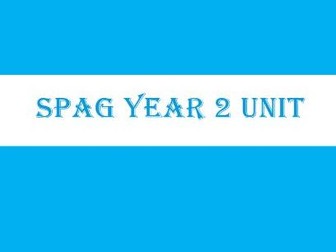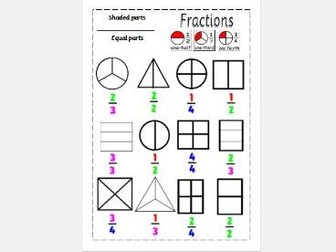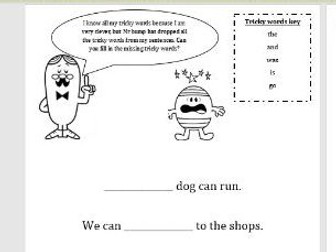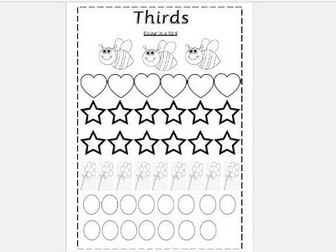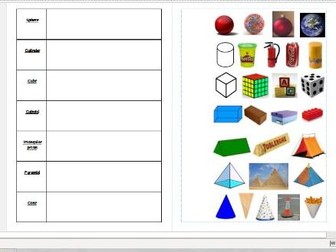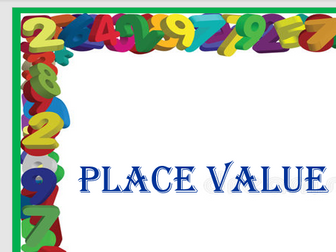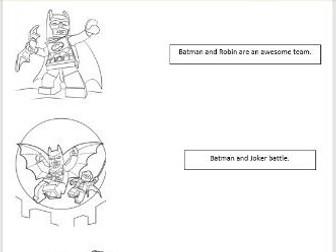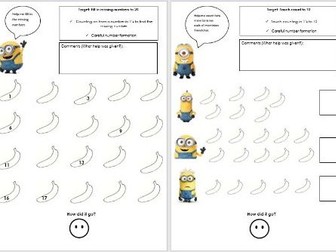Year 2 Money Unit
<p>This is a year 2 unit on money which includes worksheets, a PowerPoint and planning for 13 lessons. This unit covers:</p>
<p>• Identifying coins and notes<br />
• Making a given amount with coins and notes<br />
• Identifying total of coins and notes<br />
• Giving change for coins and notes<br />
• Money word problems using addition and subtraction for coins and money</p>
